Are you a devoted follower of the captivating Naruto series? As fans, we’re well-aware of the extensive journey spanning both the anime and manga adaptations. The anime brought the Hidden Leaf Village to life with over three hundred episodes, while the manga remained true to its roots. In exploring the world of Naruto, let’s delve into ten key distinctions between the anime and manga, shedding light on the unique nuances that make each version a distinct experience.
Less Blood
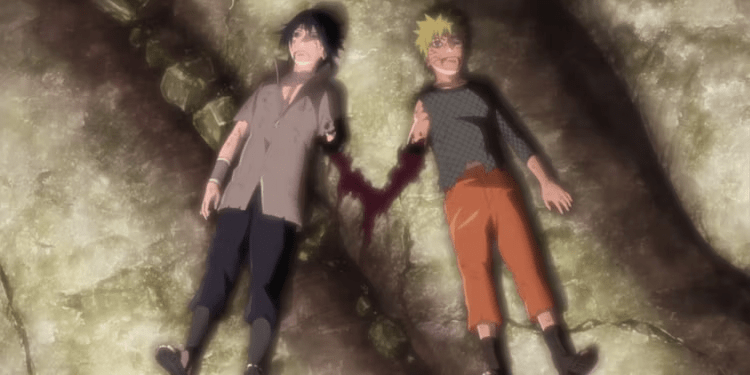

In the transition from manga to anime, one notable shift is the reduction of blood and graphic depictions of violence. The manga, unbridled by broadcast restrictions, vividly portrayed the aftermath of battles, embracing the gritty realism of mass murders and intense combat. In contrast, the anime, tailored for a broader audience, toned down these elements, opting for a more kid-friendly rendition while still retaining a glimpse of the original’s intensity. This strategic decision not only conveys a commitment to accessibility but also acknowledges the necessity of adapting content for diverse viewership.
The Manga Doesn’t Have Filler
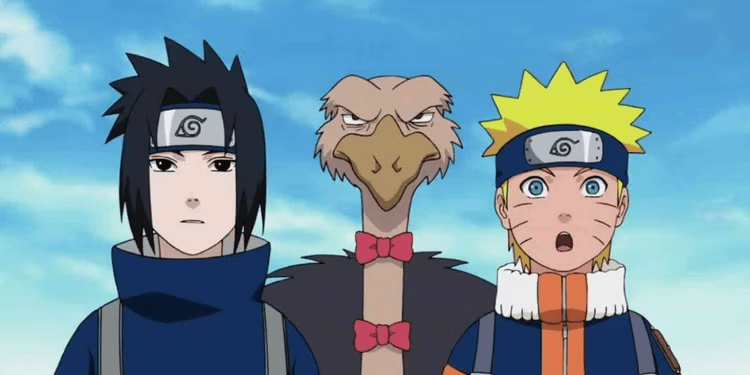

A glaring contrast surfaces in the presence of filler content, a notorious characteristic of the anime. Unlike the manga, the anime, at times, introduces non-canonical story arcs to fill gaps created by the manga’s pacing. Filler arcs, while offering a temporary reprieve for fans hungry for content, stand as a testament to the challenge of synchronizing the anime’s release with the manga’s ongoing narrative. This narrative detour, though occasionally criticized, serves as a testament to the adaptability of the anime format in navigating the complexities of serialization.
Gaara Is Less Violent
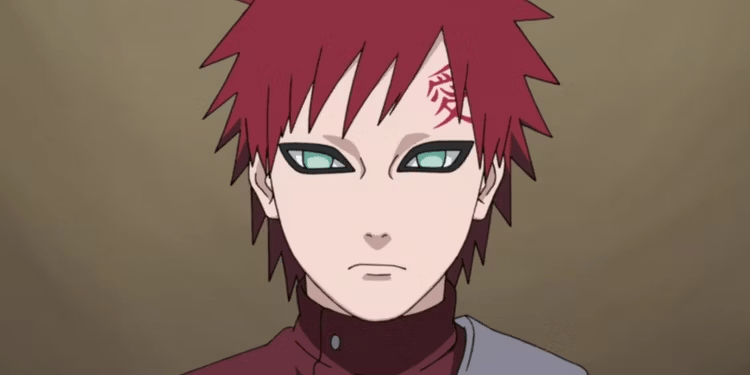

The enigmatic character Gaara undergoes a subtle transformation between the manga and anime renditions. In the manga, Gaara’s violent tendencies are more pronounced, showcasing darker and more brutal moments that were pruned for the anime adaptation. This decision not only altered the perception of Gaara but also reflected the delicate balance between retaining authenticity and catering to a diverse audience. Gaara’s evolution from antagonist to ally takes on different shades in the two mediums, offering fans a chance to appreciate the character from varying perspectives.
Hinata’s Confession
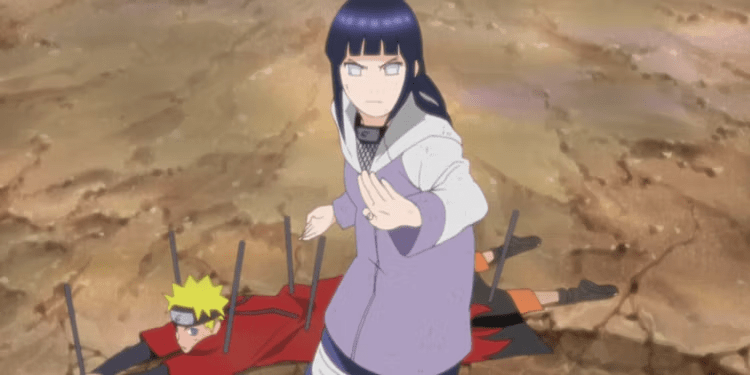

Hinata’s pivotal moment in the Pain arc unfolds with distinctive nuances in both mediums. In the manga, her heartfelt confession to Naruto is swift, lacking the cinematic flair granted by the anime. Here, Hinata’s character receives more depth through filler arcs, enabling her to play a more active role in the confrontation, elevating the emotional impact of her confession in a visually compelling manner. This juxtaposition highlights the creative choices made in adapting intimate character moments and their impact on the overall narrative flow.
Tenten and Temari’s Fight Is Cut Short
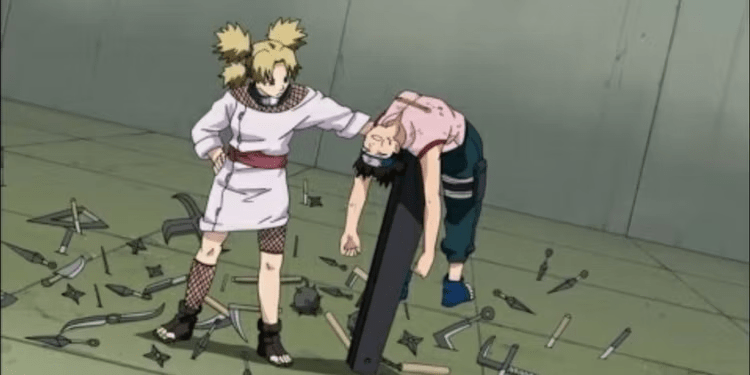

The Chunin exams, a highlight in Naruto’s early narrative, offered glimpses of intense battles, yet the anime fell short in showcasing the potential of Tenten and Temari’s encounter. Deviating from the manga, which presented a more comprehensive depiction of their clash, the anime opted to focus on a background disagreement between Ino and Sakura, inadvertently sidelining two intriguing characters. This departure not only alters the pacing of the Chunin exams but also prompts reflection on the trade-offs in adapting lengthy source material to a serialized format.
Expanded Funeral
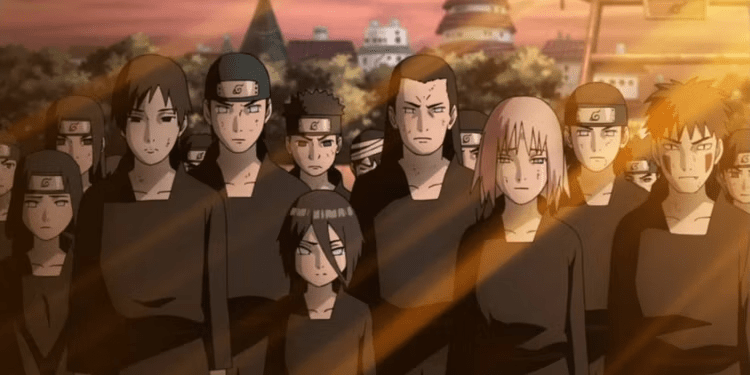

Post the war arc in Naruto: Shippuden, the manga and anime diverge in their portrayal of the funeral ceremony. In the manga, the funeral is singularly dedicated to Neji, emphasizing his significance. However, the anime expands the tribute, acknowledging all characters who perished during the war. This expansion, while offering closure, sparks mixed sentiments, particularly among devoted Neji enthusiasts. The decision to broaden the scope of the funeral not only pays tribute to a broader spectrum of characters but also serves as a poignant conclusion to the war arc, fostering a collective mourning process.
Long Fights
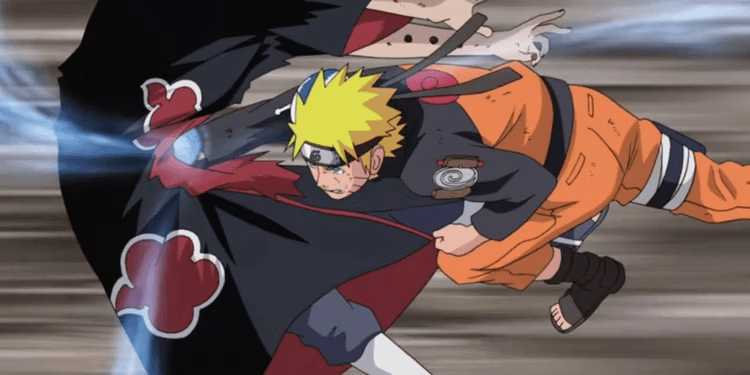

In a bid to manage pacing and synchronize with the manga’s release, Studio Pierrot employed tactics like filler arcs and elongating canon arcs. However, the latter, extending fight scenes over multiple episodes, stirred mixed reactions. While providing a deeper exploration of characters’ histories, it sometimes risked testing the patience of viewers seeking swift plot progression. This deliberate strategy to prolong key confrontations reflects the inherent challenge of adapting an ongoing manga series into an anime format, where pacing and content must be carefully balanced to maintain viewer engagement.
Tons of Flashbacks
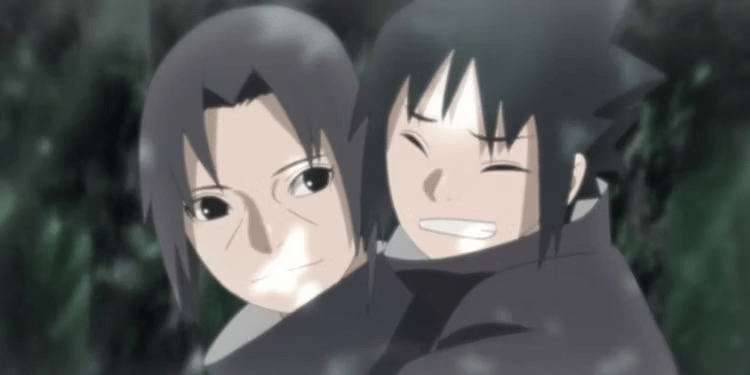

A distinctive trait of the anime lies in its liberal use of flashbacks, far surpassing the manga’s occasional implementation. Viewers often found themselves navigating through episodes dominated by recaps and memories, sometimes limiting the introduction of new content. This divergence in approach, while a common practice in anime, occasionally irked fans accustomed to a more streamlined storytelling experience. The prevalence of flashbacks raises questions about narrative efficiency, as fans grapple with a storytelling technique that oscillates between providing context and potentially impeding plot progression.
Sasuke and Naruto’s Final Fight
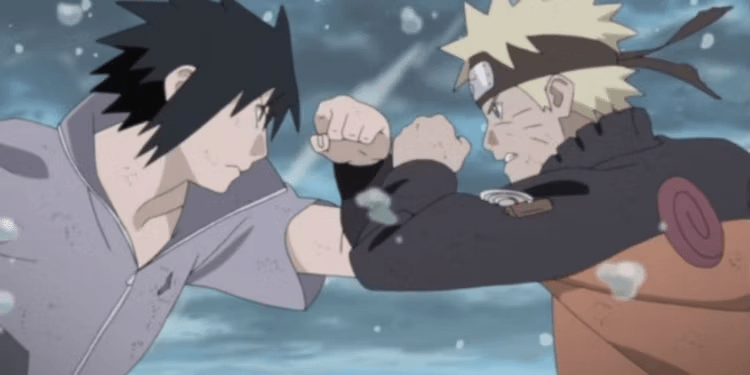

The climactic battle between Sasuke and Naruto, a defining moment in Shippuden, undergoes subtle yet impactful alterations in the anime adaptation. Naruto’s visions of Sasuke’s past, absent in the manga, offer additional layers to the emotional depth of the confrontation. The anime’s portrayal amplifies the intensity of Sasuke’s initial fireball jutsu, emphasizing the visual spectacle and diverging slightly from the original manga’s depiction. These tweaks contribute to a more visually dynamic and emotionally charged showdown, enriching the anime’s rendition of this iconic confrontation.
Sakura Gets More Action in the Anime
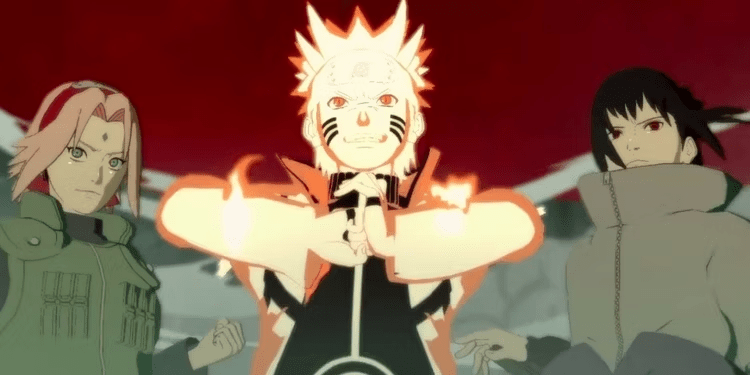

Sakura’s role in Naruto has been a subject of scrutiny, with both the anime and manga facing criticisms for underutilizing female characters. However, the anime provides Sakura with moments to shine, particularly during the Ten Tails rampage. Unlike the manga, where she often plays a background role, the anime grants Sakura opportunities to showcase her capabilities, offering a subtle but appreciated shift in narrative dynamics. This departure from the manga’s portrayal raises questions about the representation of female characters in shonen anime and the potential for nuanced character development beyond traditional roles.
Also Read – 10 Anime That Are Wildly Different from The Original Manga
